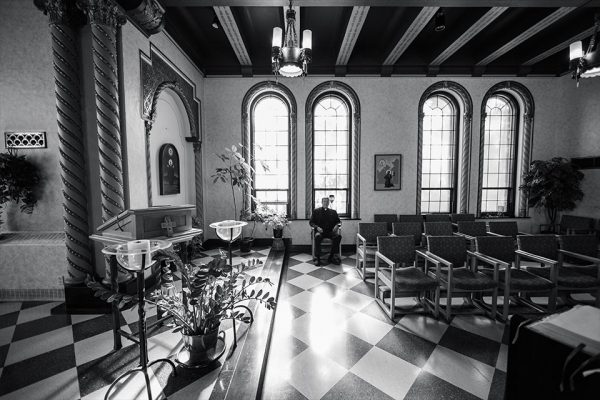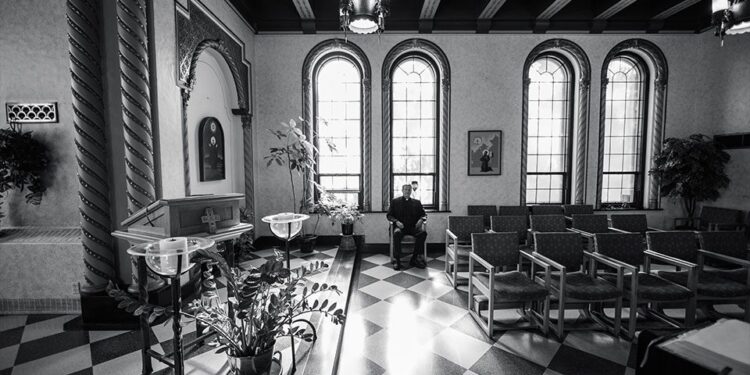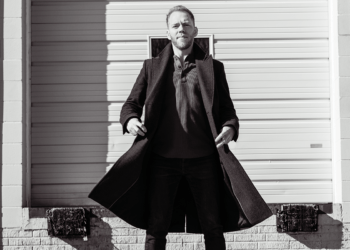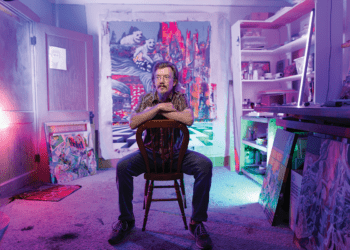Twenty-five years ago hordes of television cameras and newspaper reporters descended on Milwaukee, Wisconsin, to cover the trial of a 31-year-old serial killer whose depths of depravity defied comprehension. Details of the murders—17 in all, but he confessed to 15—proved so grisly, so grotesque, that many media outlets showed restraint in their coverage for fear of alienating a large portion of their viewers or readers.
Even today, with all the atrocities plaguing the world, the name Jeffrey Dahmer can still send shivers down spines. The terms paraphilia, necrophilia, mutilation, and cannibalism all apply—terms that baffle and horrify most lay people.
The trail of carnage left by the chocolate factory worker and Army veteran during a 13-year period finally ended in July 1991 when police, alerted by an intended victim who escaped, walked into Dahmer’s apartment. Blood, body parts, a stench, and Polaroid pictures stopped them in their tracks.
“We really didn’t know what we were dealing with early on,” says the Rev. Gregory O’Meara, S.J., who as an attorney played a key role in shaping the prosecution’s case against the so-called “Milwaukee Cannibal.” He also assisted Milwaukee County District Attorney Michael McCann during the trial.
Before becoming a Jesuit priest, a vocation that brought him to Creighton University in 2013, O’Meara spent almost seven years as an assistant district attorney in Milwaukee. The graduate of Notre Dame and University of Wisconsin Law School found his niche in the competitive world of trial work, where he racked up plenty of wins. Would he follow in his great-grandfather’s footsteps and become a judge? All signs pointed to that possibility.
Through a random series of events, O’Meara, 32 at the time and known as Greg to his friends, caught the Dahmer case early. He was among the first to see the evidence.
“We had missing persons reports coming in from all over the country,” he recalls. “I wrote the order to get Dahmer’s blood sample so we could separate his blood from blood found at the scenes to determine who he killed.”
The blood came from attractive young men, many of whom lived on the fringes of society, kicked out of their homes because of their sexual orientation—easy pickups for a good-looking charmer like Dahmer.
“He was actually a nice guy,” says O’Meara, who talked with Dahmer many times, saw him in all his complexities, and came away with a compassion for the man most people would not understand. “He was very smart, he came from a rich family but he was horribly vulnerable [to his impulses]. His co-workers found him charming, funny, and engaging.”
The funny and engaging part disappeared pretty quickly after Dahmer lured his victims to his grandmother’s house, or his apartment, and started drinking.
In most of the murders, Dahmer sedated his victims by slipping a sleeping agent into their drinks. He raped his unconscious prey, strangled them, and then engaged in various sex acts with the corpses. He dismembered the bodies with a knife or chain saw and disposed of them by stripping the flesh off bones with acid, then pulverizing the bones.
He collected skulls and genitalia as trophies. He ate parts of three victims, telling psychiatrists later it was a way he could make them become a part of him. Police reports from the scenes make mention of various seasonings and meat tenderizers. The media latched onto the cannibal aspect of the case, thus coining Dahmer’s nickname.
Dahmer’s desperate desire to acquire a permanent—and compliant—lover added yet another layer of “bizarre” to his horror story. He drilled holes in the skulls of his last four victims and poured acid into their brains in an attempt to create a sex zombie. It didn’t work.
Was Dahmer sane when he committed these depraved acts?
“Absolutely, whatever definition of sanity we have, ” says O’Meara, echoing the prosecution’s contention that he belonged in a prison, not an institution—the question at the center of the trial.
“He calculated and deliberately planned everything to the point that, when he was leaving a bar, he would never go home with someone who had a car. He would always have a taxi drop them off four or five blocks away from his apartment so no one could trace it.”
After a two-week trial in February 1992, the jury agreed with the prosecution. Dahmer went to prison, where he died at the hands of another inmate a few years later.
Six months after the trial ended, O’Meara entered the Society of Jesus, better known as the Jesuits.
“I had actually been thinking about it for a couple of years, but the timing hadn’t been right,” he says, waving off any assumption, as logical as it might sound, that the horrors of the Dahmer trial sent him straight to the priesthood.
O’Meara’s good friend since 1985, the Rev. Roc O’Connor, S.J., an Omaha native and the first Jesuit O’Meara ever met, had a sense early on where O’Meara was heading. The Dahmer case solidified his feeling. “As horrible as that case was, Greg showed a lot of compassion. But he also had a lot of care for the victims and their families. He made sure they wouldn’t be lost in the flash of [Dahmer’s] terrible deeds.”
O’Meara hasn’t thought of himself as a prosecutor for 25 years, preferring his roles as rector of Creighton’s Jesuit community, tenured law professor, counselor to anyone who seeks his help, and a friend who laughs easily.
Few parishioners of St. John’s Church on the Creighton campus even know of O’Meara’s involvement in that infamous case, so when he joyously and repeatedly proclaims his belief of God’s unconditional love and forgiveness, they don’t realize he’s drawing from a deeper well than most.
Visit law.creighton.edu/faculty to learn more about the academic and professional background of the Rev. Gregory O’Meara.
This article appeared in the September/October 2017 edition of Omaha Magazine.














